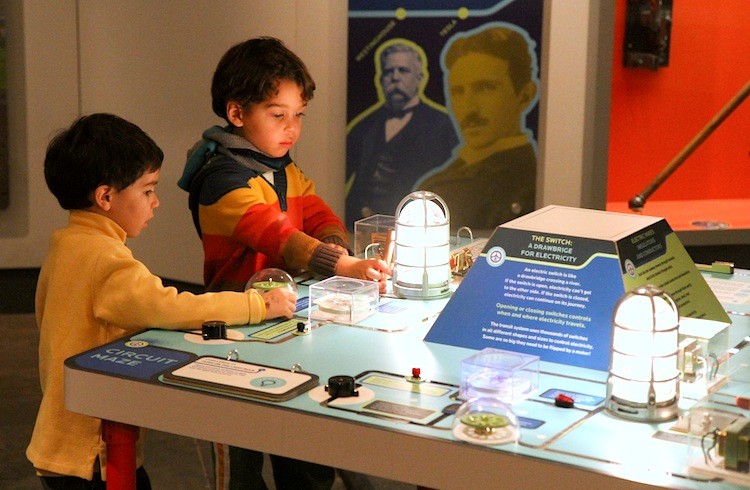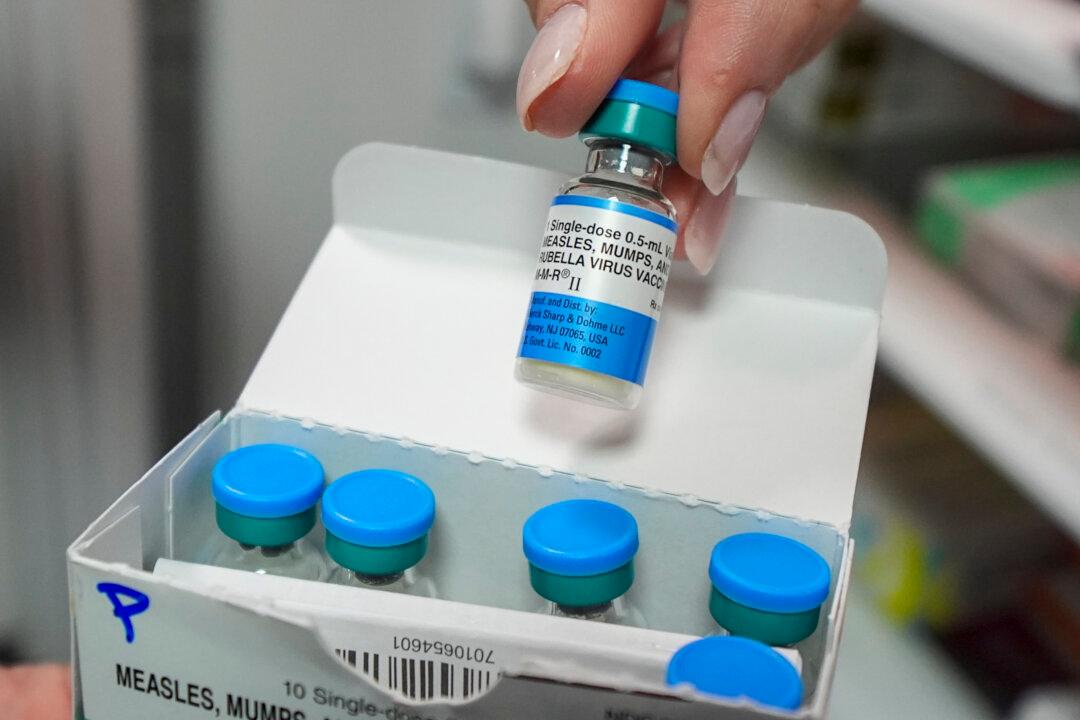Electricity for Transit, from Power Plant to Rail
Electricity powers the subway rides of millions of New Yorkers every single day, but few give a thought to where this electricity comes from or how it gets to the trains.

Zachary Stieber
Senior Reporter
|Updated:
Zachary Stieber is a senior reporter for The Epoch Times based in Maryland. He covers U.S. and world news. Contact Zachary at [email protected]
Author’s Selected Articles





